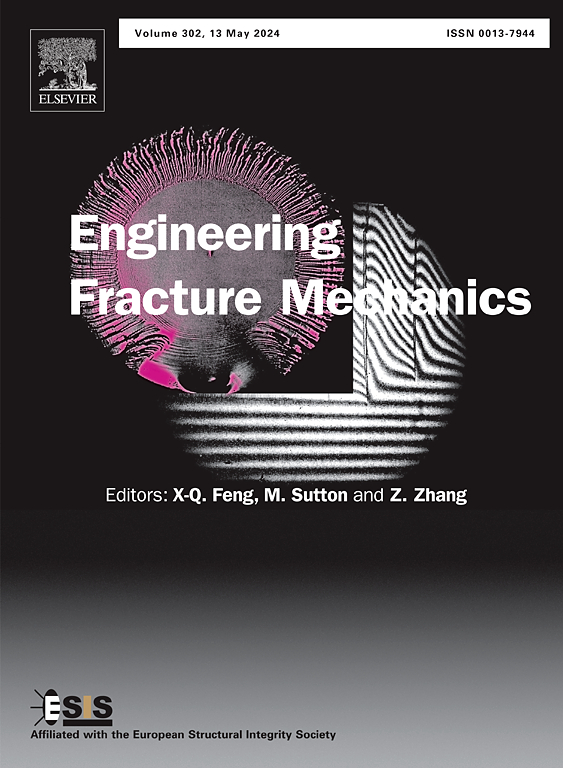Effect of microwave irradiation on the breaking and linear cutting of hard rock
IF 5.3
2区 工程技术
Q1 MECHANICS
引用次数: 0
Abstract
Microwave technology, emerging as a novel approach to rock-breaking, holds significant promise in the realm of auxiliary mechanical pick rock breaking. In view of the problems existing in the hard rock breaking such as low efficiency and difficulty in one-time cutting, this study conducted experimental research using a method combining microwave irradiation and linear cutting with conical picks. The comprehensive temperature distribution of the rock is reproduced by 3D technology after microwave irradiation, defined the high-temperature zone and calculated the surface area. Moreover, analyzing the relationship between temperature and cutting force. And the effect of microwave-assisted conical pick rock breaking was quantified in terms of cutting force, cutting effect, and energy consumption. The results indicate that microwave irradiation induces heating in hard rock, leading to the formation of fissures and even partial fragmentation of rocks. The thermal damage effect of microwave is determined by the differences in the physical and mechanical properties of different rocks. In the experiment, basalt has the best heating effect and sandstone has the best fracturing effect. Compared to non-microwave, microwave (6 kW,60 s) irradiation reduces the cutting force, improves the effect of rock breaking, and reduces the work done (E) by the cutting force and the mechanical specific energy (MSE). Microwave irradiation-assisted mechanical rock breaking is better for sandstone, moderate for basalt, and inferior for granite in this study.
微波辐照对硬岩破碎和线切割的影响
微波技术作为一种新兴的破岩方法,在辅助机械镐破岩领域具有重要的应用前景。针对硬岩破碎中存在的效率低、一次切割难度大等问题,本研究采用微波辐照与锥镐直线切割相结合的方法进行了实验研究。利用三维技术再现微波辐照后岩石的综合温度分布,确定高温区并计算表面积。分析了温度与切削力的关系。从切削力、切削效果和能耗三个方面量化了微波辅助锥齿破岩的效果。结果表明,微波辐射在坚硬岩石中引起加热,导致岩石产生裂缝甚至部分破碎。微波热损伤效应是由不同岩石的物理力学性质差异决定的。实验中,玄武岩的加热效果最好,砂岩的压裂效果最好。与非微波相比,微波(6 kW,60 s)辐照减小了切削力,提高了破岩效果,减小了切削力所做功(E)和机械比能(MSE)。本研究中,微波辅助机械破岩对砂岩的破岩效果较好,对玄武岩的破岩效果中等,对花岗岩的破岩效果较差。
本文章由计算机程序翻译,如有差异,请以英文原文为准。
求助全文
约1分钟内获得全文
求助全文
来源期刊
CiteScore
8.70
自引率
13.00%
发文量
606
审稿时长
74 days
期刊介绍:
EFM covers a broad range of topics in fracture mechanics to be of interest and use to both researchers and practitioners. Contributions are welcome which address the fracture behavior of conventional engineering material systems as well as newly emerging material systems. Contributions on developments in the areas of mechanics and materials science strongly related to fracture mechanics are also welcome. Papers on fatigue are welcome if they treat the fatigue process using the methods of fracture mechanics.

 求助内容:
求助内容: 应助结果提醒方式:
应助结果提醒方式:


